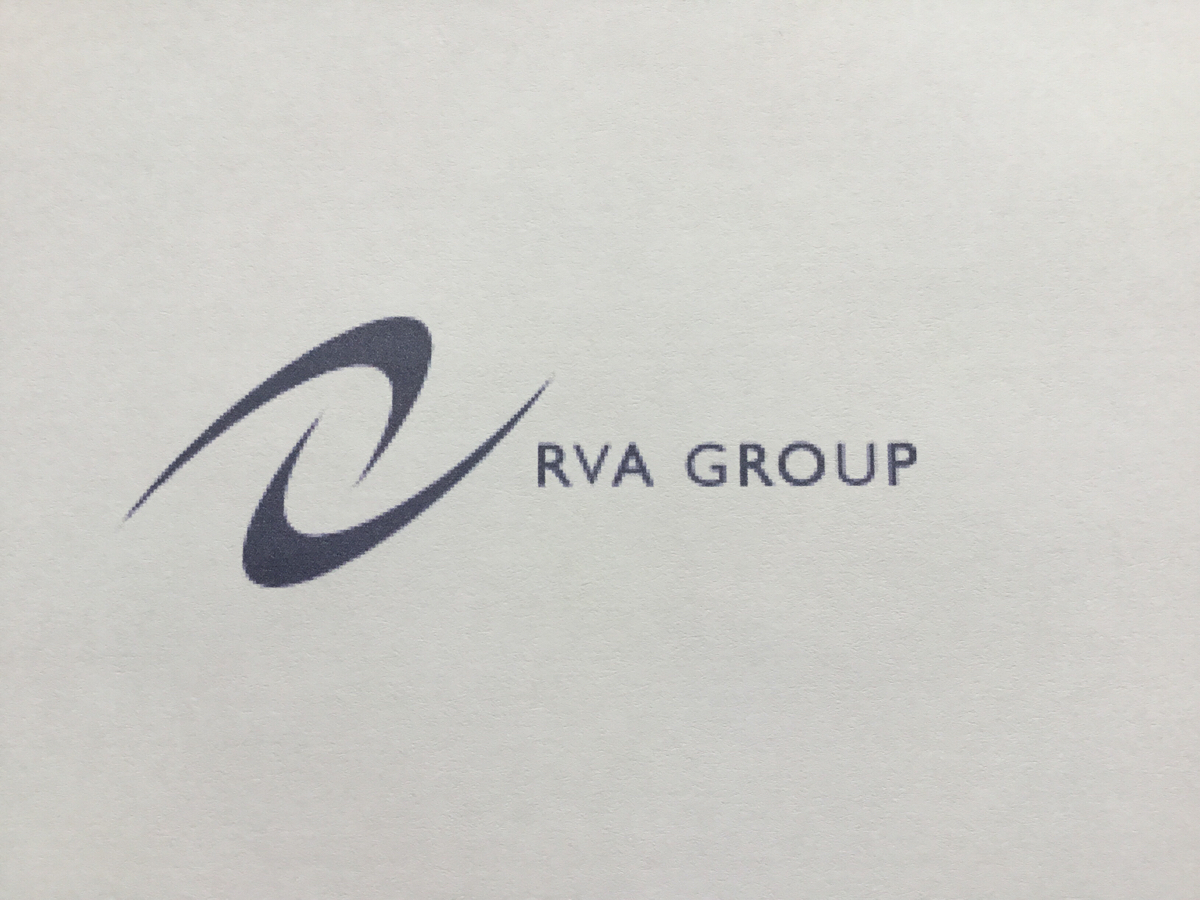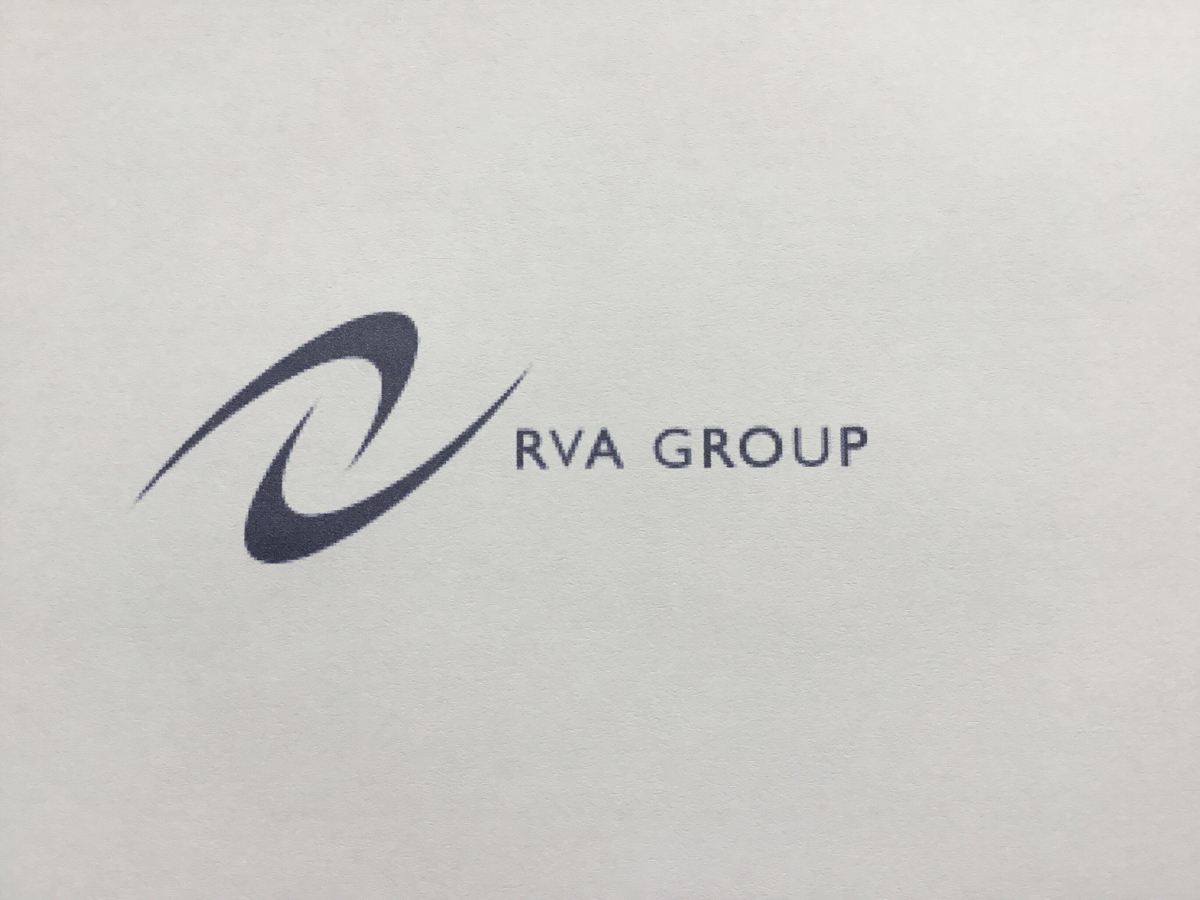Information
-
Document No.
-
Audit Title
-
Client / Site
-
Conducted on
-
Prepared by
-
Location
-
Spark containment/management.
Note: sparks/slag should not be allowed to fall onto material that seems to be non-flammable/incombustible (i.e. cables on cable tray). While the material may not be flammable/combustible, general debris which has become lodged within it may be flammable/combustible.
Hot works
-
Typical examples of hot work are:
- Burning
- Welding
- Grinding / Stihl saws -
Is there a Hot Work Permit in place?
-
Have combustibles been cleared from the hot work area?
-
Is gas testing required? Assessed when potentially working near live plant/processes, working in confined spaces, vessels, etc.
-
Notes:
1. Gas testing is the responsibility of the Contractor.
2. When required, both spot testing and continuous background testing are required.
3. The gas meters for both spot checks and background monitoring should be set up to detect the specific gases which could be generated on site and should be regularly calibrated, including daily ‘bump’ tests with a calibration gas prior to being used.
4. Persons testing, issuing and using gas detectors should be trained in their use.
5. When developing hot working RAMS, the locations of background gas detectors should be specified within the RAMS. -
Have local drains/pits/interceptors/underground voids been sealed/covered to prevent sparks/slag from entering (potential flammable materials within these areas and/or potential flammable atmospheres).
-
Is there a charged Fire hose in place?
-
Are there fire extinguishers available and in place?
-
Has action in case of fire been covered in training?
-
Is there a standby man in attendance?
-
Are there alarms on the site?
-
Are escape routes identified and clear?
-
Is Hot work being carried out at height?
-
Escape routes identified, understood and unobstructed?
-
Work at height rescue plan considers/covers rescue while hot working.
-
How are burning hoses lifted to work point?
-
There must be a fire extinguisher in the MEWP basket.
-
How are live charged fire hoses lifted to work point and do they have sufficient pressure to operate at the working height?
-
Standby/fire watch men at differing levels?
-
If wearing work restraint/fall arrest harness – how is this protected from sparks/slag/burns?
Equipment
-
Are LPG/Propane cylinders stored 3m away from Oxygen Cylinders?<br>Note: in accordance with The Planning (Hazardous Substances) Regulations 2015, 25 tonnes is the maximum quantity of LPG/Propane to be stored on site without application to the regulators for dispensation.<br>
-
Has the equipment been subject to a daily inspection by the operative?
PPE
-
Is the correct PPE/RPE being worn by all operatives involved in the task? <br>- Flame retardant overalls to BS EN ISO 11611:2015 or BS EN ISO 11612:2015 providing that it has a minimum rating of E1<br>- Burners gauntlets<br>- Overalls over the top of boots covering laces<br>- Safety glasses and face shield (if not wearing full face RPE)<br>- RPE including ABEK filters<br>- Safety Helmet<br>- Protection to the neck area if not already covered (i.e. with flame retardant welders balaclava)<br>- Suitable safety boots with protection against molten metal splashes<br>Note 1: all external ‘clothing’/PPE should be flame retardant to the same BS EN ISO standards noted above; works should be stopped if burners are wearing non flame retardant clothing/PPE (i.e. standard coats/high visibility vests).<br>
Procedures
-
Is the operative ‘blind cutting’? (hot work cuts to be made a maximum of 2m from open end and/or the exact location of the hot working has to be gas tested and the ‘back side’ and upstream and downstream of the location of the hot cut has to be visually inspected – using endoscopes if required).
-
Has the equipment to be cut been adequately purged/cleaned?
-
Hot working should have a full one hour* fire watch following the completion of the work. This will require;<br>- Staggered break times (to ensure a fire watch is present throughout any drinks or lunch breaks).<br>- Hot works to finish one hour before the end of the shift or for fire watch (plus appropriate lone working arrangements if required), to remain on site for one hour following the end of the shift.<br>- Live charged fire hoses should be available throughout the fire watch period.<br>* Note 1: this is normally a stipulation of the Contractors insurances.<br>* Note 2: sometimes this may be 2 hours depending on Client and/or insurance requirements.<br>
-
Cables should never be hot cut. You should never hot cut into asbestos (even asbestos cement).
Environment
-
When working above/adjacent to water, are there suitable and sufficient measures in place to prevent flammable/combustible material floating into the hot working area?
-
Have suitable and sufficient measures been taken to prevent dust explosions? (Note dust explosions can occur when there is the potential for dust with any significant calorific value).
Actions
Signatures
-
Auditors Name
-
Site Manager/ Supervisor Signature







